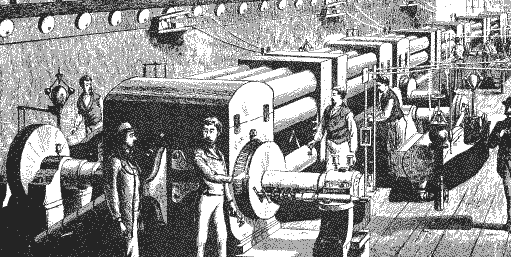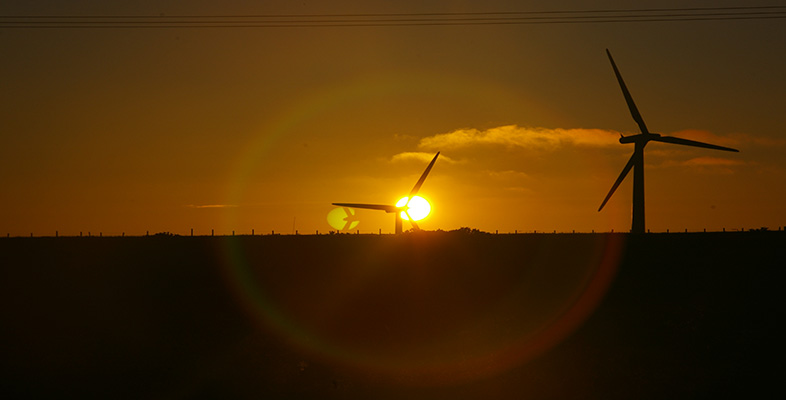5.1 Energy services
When Thomas Edison set up the world's first electric power station in New York in 1882, it was not electricity he sold, but light. He provided the electricity and light bulbs, and charged his customers for the service of illumination. This meant he had a strong incentive to generate and distribute electricity as efficiently as possible, and to install light bulbs that were as efficient and long-lasting as possible.

Unfortunately, the early Edison approach did not survive, and the regulatory regime under which most utilities operate today simply rewards them for selling as much energy as possible, irrespective of the efficiency with which it is used or the longevity of the appliances using it. In a few countries, however, governments have changed the way energy utilities are regulated by setting up mechanisms to reward them for providing energy services rather than mere energy. In this case, customers benefit by having lower overall costs, the utility makes as much profit as before, and the environment benefits through reduced energy wastage and the emission of fewer pollutants.
